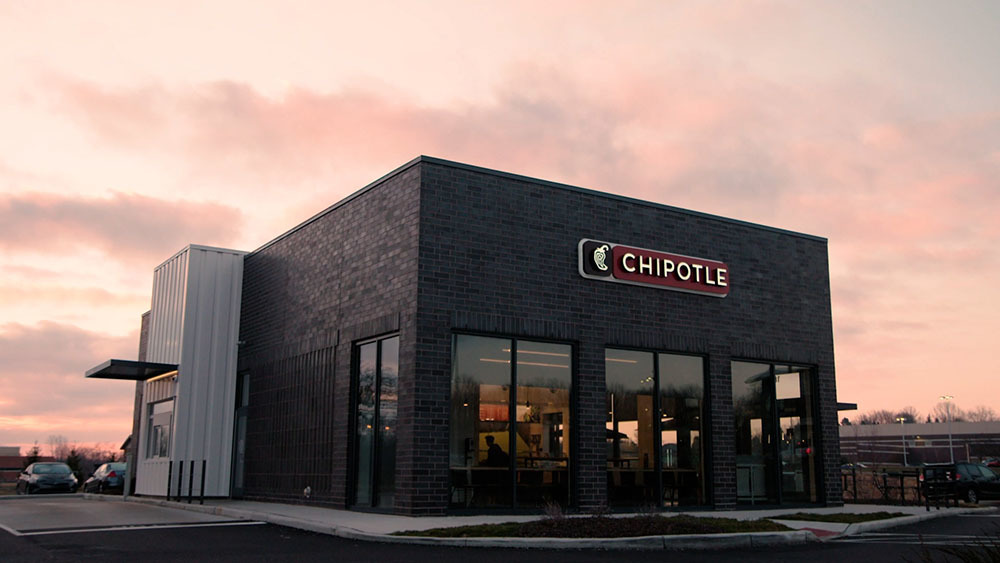From Temporary Tweaks to Permanent Transitions: The Evolution of Restaurant Design
Operators have had to rethink and optimize their off-premise setup over the past year. At first, many solutions were implemented as temporary fixes to get through shelter-in-place orders, such as dedicating a few tables for to-go order pickups or designating a parking spot for curbside service Over time, it became clear that a lot of these changes might be here to stay, and restaurants have had to reconsider the permanent design and flow of their kitchen and dining areas.
That’s not to say that the shift toward off-premise dining is entirely attributed to the coronavirus. Innovation was already underway for the restaurant industry in this area; the pandemic simply accelerated it.
Even so, the list is growing of brands that have unveiled new, futuristic designs that prioritize off-premise consumption over dine-in. These next-generation restaurant units address customer demand for a seamless ordering and pick-up experience.
For many limited-service restaurants, this could mean additional drive-thru lanes or take-out windows. Some may even build express-style locations with no indoor seating at all. Operators are focusing on digital-forward solutions with contactless payment or ordering, perhaps through a mobile app. Restaurant design may shift to accommodate the endless possibilities from mobile ordering with built-in shelves or cubbies for frictionless pickup orders or even GPS-enabled curbside delivery.
Design Updates Not Limited to Limited-Service Restaurants
Most of the brands announcing modern designs are quick-service brands, but fast casual and even full-service restaurants may implement some changes. Regardless of segment, streamlining designated areas for takeout and delivery is critical for operators seeking to improve the guest experience. For many full-service locations, this means a continued emphasis on enhancing curbside service, likely to remain permanent for much of the industry even after the pandemic.
Express kitchens and walk-up windows satisfy guests’ desires for limited contact and quick service, especially when it’s not feasible to add drive-thru lanes at the location. We started to see a lot of this in the fast-casual segment even before the pandemic, and it is catching on throughout the industry.
Another factor to consider is making room to operate virtual/ghost kitchen operations on top of their customer-facing business within individual units. According to Black Box Consumer Intelligence™, third-party delivery adoption rates in Q4 of 2020 grew 84% for limited-service brands and 79% for full-service brands. With no reason to think this trend will reverse anytime soon, operators have an opportunity to devote some of their kitchen space to trying out new concepts or menus on a virtual platform.
How to Enhance Guest Experience Without a Total Makeover
Not all restaurants or units have the resources or budget to retrofit existing locations. There are other areas to address to make up for these challenges. For example, focus on managing time expectations. The frustration felt by the guest can be mitigated simply by being transparent about how long an order will take. Even if it will take an hour, being upfront can be enough to improve customer satisfaction and secure their business.
Consider making cuts to the menu, even if temporarily, to ease operational difficulties. Guests have shared their acceptance of limited menus in light of the pandemic and still consider their dining occasion a good experience even if they didn’t get an item they usually get. This goes back to managing expectations. While convenience is still the name of the game, guests have been more forgiving of the plight restaurants are experiencing, and understand these times call for some changes. One caveat to making menu cuts is making sure to consistently deliver on quality. Consumers have been accepting of menu changes based on sentiment tracked in Black Box Guest Intelligence™; however, when paired with rising prices and lack of attention to quality, value scores have suffered as a result.
Leveraging your existing or investing in new technology can better assist your staff when managing customer expectations. If you work with third-party delivery services, make sure it is working for you, and not bogging you down. Accumulate as much data as you can about your market and competitors. Knowing how your sales performance compares to other restaurants in your segment, region, or cuisine type, will equip you to make better decisions. It may be much easier to decide if you can cut a menu item when you know that your competitors have done so successfully.
The pandemic will eventually (hopefully) come to an end and dine-in will pick back up. Nonetheless, consumer behavior was already in the process of shifting toward off-premise consumption long before the COVID-19 era. Although difficult to envision now, this innovation and growth is exciting for the industry. Once the dust settles, restaurants will be able to enjoy the outcome of changes intended to meet guests’ evolving expectations.
